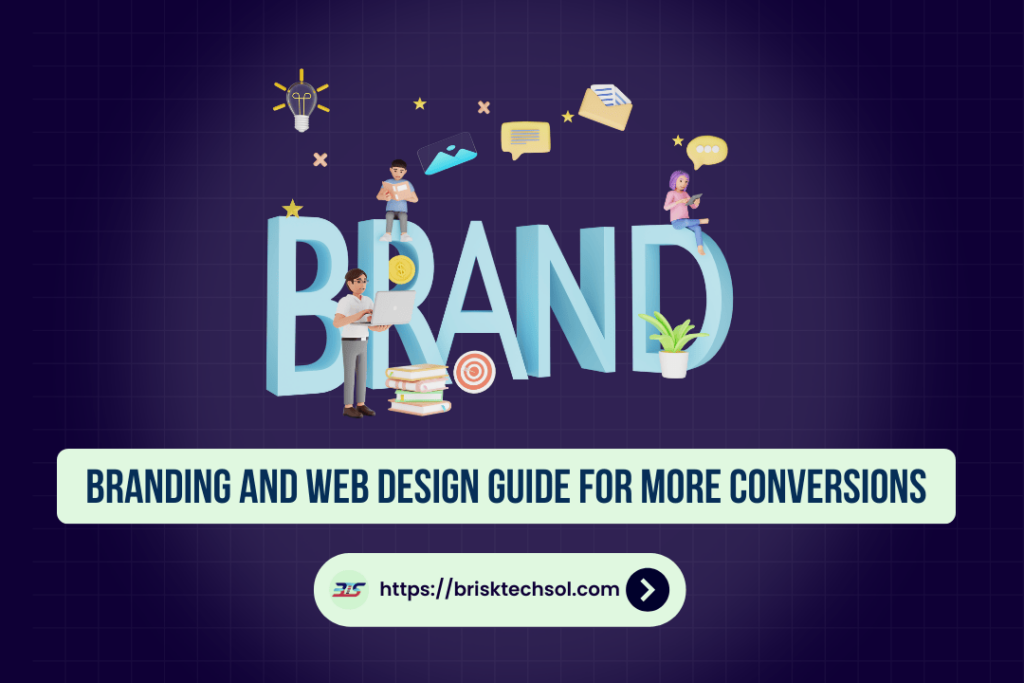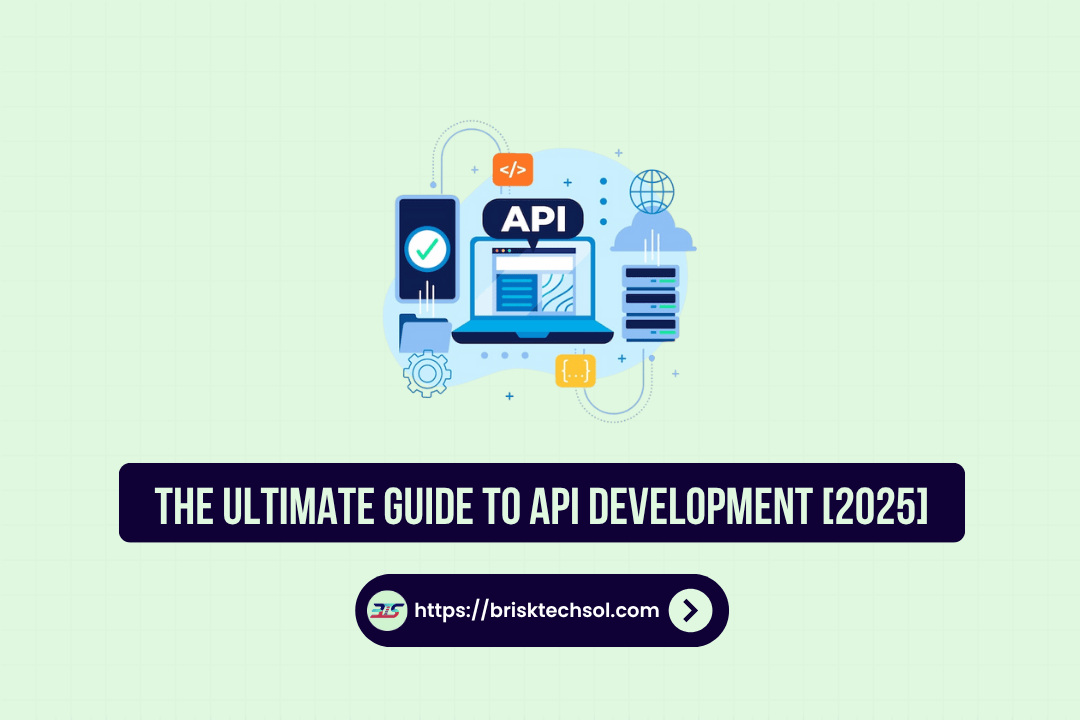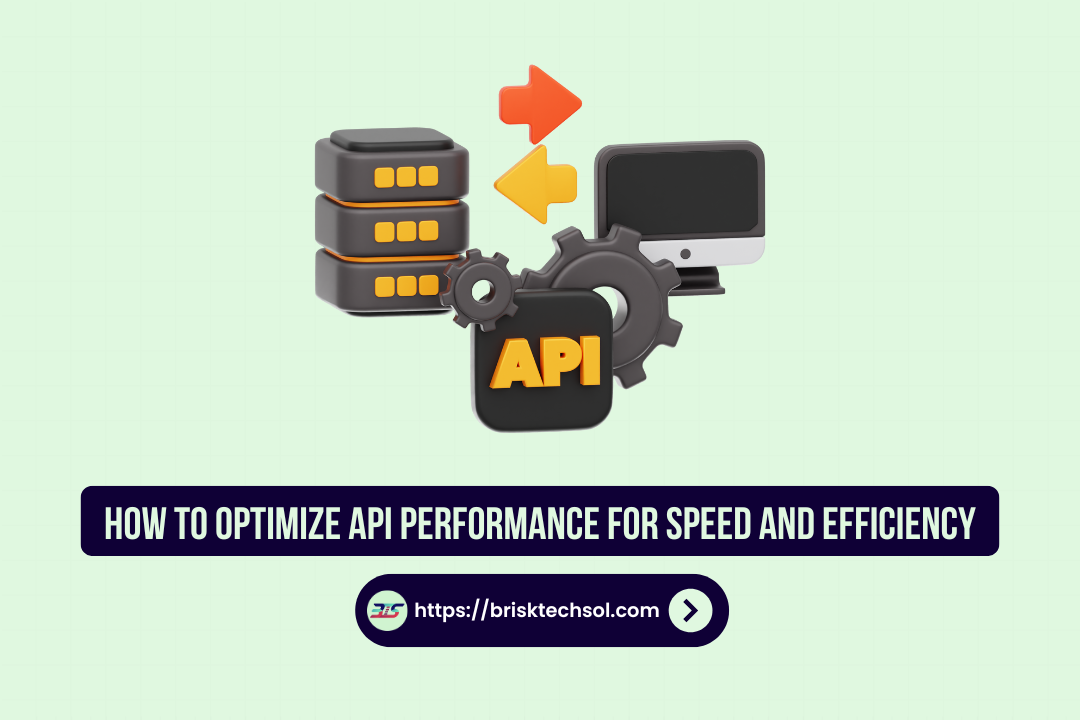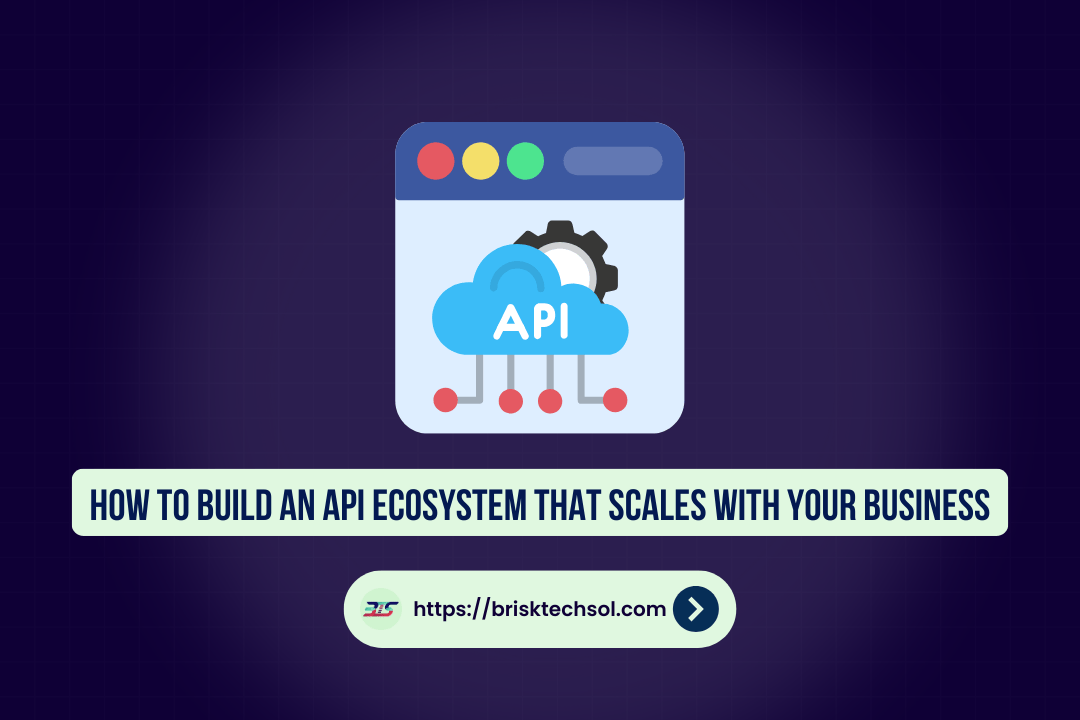Imagine your brand’s personality shining through every pixel on your website, drawing visitors in and keeping them engaged. Branding and web design together create a memorable digital identity that tells your unique story, builds trust, and drives business growth. Discover how a cohesive strategy transforms your online presence into an authentic reflection of your brand’s values and vision for success.
Overview of Branding and Web Design
What is Branding?
Branding is more than just a logo or a catchy slogan. it’s the overall perception of your business. It includes your visual identity, tone of voice, core values, and the emotional connection you build with your audience. Effective branding creates trust and recognition, ensuring that your customers feel connected to your company. Every interaction, from marketing materials to customer service, reinforces your brand’s story.
🔹 Key Aspects of Branding:
- Visual identity (logo, colors, typography)
- Brand messaging and tone of voice
- Core values and mission
- Emotional connection and trust
What is Web Design?
Web design encompasses the layout, visual aesthetics, and usability of your website. It focuses on creating an engaging, intuitive user experience that not only attracts visitors but also encourages them to take action. Modern web design involves responsive layouts, user-friendly navigation, and SEO-friendly structures. In essence, it is about making your digital storefront both beautiful and functional.
🔹 Key Elements of Web Design:
- Responsive design for multiple devices
- Intuitive navigation and layout
- Aesthetics and visual appeal
- Usability and accessibility
The Importance of a Unified Approach
When branding and web design work together seamlessly, they create a cohesive digital identity that reinforces your business’s values and message. A unified approach ensures consistency across all channels, builds trust, and makes it easier for customers to remember and engage with your brand. It’s about telling a single, compelling story through every pixel and word on your site.
🔹 Why It Matters:
- Consistency builds brand trust
- Enhanced user experience leads to higher engagement
- Strong visual and messaging alignment
- Better recognition and recall
The Synergy Between Branding and Web Design
Creating a powerful digital identity requires a symbiotic relationship between branding and web design. When both work together, they enhance user experience and communicate your brand message effectively. A well-designed website with a consistent brand message captivates visitors, converts them into loyal customers, and sets you apart from the competition.
Consider these points:
- Unified Visual Identity: Consistent use of colors, fonts, and imagery across your website strengthens your brand.
- Coherent Messaging: Your website content should mirror your brand’s tone and core values, ensuring that visitors instantly recognize who you are.
- Enhanced Trust: When users see a cohesive look and feel, they are more likely to trust your brand and feel confident in their decision to engage with you.
- Improved User Engagement: A well-branded website enhances navigation and usability, leading to longer visits and higher conversion rates.
By ensuring that your branding is reflected in every design element of your website, you create a seamless experience that resonates with your audience and builds lasting relationships.
Key Elements of Effective Branding
Effective branding lays the foundation for a strong digital presence. Here are the crucial elements that every business should consider:
Visual Identity
Your visual identity is the face of your brand. It includes your logo, color palette, typography, and imagery. A memorable visual identity is instantly recognizable and evokes specific emotions. Consistency in these elements helps establish your brand’s personality and fosters customer loyalty.
🔹 Visual Identity Must-Haves:
- Logo: A unique and memorable symbol of your brand.
- Color Palette: A consistent set of colors that evoke desired emotions.
- Typography: Fonts that reflect your brand’s character.
- Imagery: Consistent style for photos, graphics, and illustrations.
Brand Messaging and Tone
The way you communicate with your audience defines your brand personality. Your messaging should be clear, concise, and aligned with your core values. Whether you’re communicating via your website copy, social media posts, or advertisements, maintaining a consistent tone is key.
🔹 Brand Messaging Essentials:
- Core Values: The guiding principles of your business.
- Voice: Friendly, authoritative, playful, or professional—your tone should be consistent.
- Storytelling: Engaging narratives that connect emotionally with your audience.
- Taglines/Slogans: Catchy phrases that encapsulate your brand essence.
Customer Experience and Emotional Connection
Branding isn’t just what you show—it’s how you make your customers feel. Successful brands create emotional connections that drive loyalty and repeat business. This involves everything from exceptional customer service to the experiences delivered through your digital touchpoints.
🔹 Building an Emotional Connection:
- Consistency: Deliver a unified experience across all channels.
- Engagement: Use storytelling to evoke emotions and connect with your audience.
- Value: Clearly communicate what sets you apart.
- Personalization: Tailor experiences to meet customer needs and preferences.
Differentiation and Positioning
In today’s competitive market, it’s essential to stand out. Your brand should clearly communicate what makes you unique. This involves positioning your business in a way that highlights your strengths and appeals to your target audience. Effective differentiation can be the deciding factor for customers choosing between you and your competitors.
🔹 Strategies for Differentiation:
- Unique Selling Proposition (USP): What makes your brand unique.
- Market Positioning: How you compare to competitors.
- Innovative Solutions: Offering something different or better.
- Consistent Messaging: Reinforcing your uniqueness through all communications.
Key Elements of Modern Web Design
Your website is the digital manifestation of your brand. Modern web design combines aesthetics with functionality to create an engaging online experience.
Responsive Design and Mobile Optimization
With a growing number of users accessing websites via mobile devices, responsive design is non-negotiable. A responsive website adjusts seamlessly to different screen sizes and devices, ensuring that users have a positive experience regardless of how they access your site.
🔹 Responsive Design Benefits:
- Accessibility: Ensures your website is accessible on all devices.
- User Experience: Smooth, intuitive navigation on mobile and desktop.
- SEO Benefits: Google favors mobile-friendly websites.
- Increased Engagement: Higher retention rates and lower bounce rates.
User-Friendly Navigation and Layout
Effective web design prioritizes simplicity and usability. Clear navigation and an intuitive layout make it easy for visitors to find the information they need. A well-organized website reduces frustration and encourages users to explore further.
🔹 Navigation Best Practices:
- Simple Menus: Clear, uncluttered navigation options.
- Logical Structure: Organize content in an easy-to-follow hierarchy.
- Call-to-Action (CTA): Prominent buttons guiding users toward desired actions.
- Search Functionality: Allow users to quickly locate information.
Visual Appeal and Aesthetics
A visually appealing website captures attention and creates a positive first impression. High-quality images, consistent typography, and a harmonious color scheme contribute to the overall aesthetic. When design elements align with your brand’s visual identity, they reinforce brand recognition and trust.
🔹 Visual Design Tips:
- Consistency: Use your brand’s color palette and fonts consistently.
- Whitespace: Incorporate sufficient whitespace to avoid clutter.
- High-Quality Graphics: Use professional images and icons.
- Animation: Subtle animations can enhance engagement without overwhelming users.
Content and SEO Optimization
The best design in the world won’t help if your website isn’t found. Effective web design integrates content strategy and SEO best practices. This means using relevant keywords, creating quality content, and ensuring your site’s structure is optimized for search engines. A website that looks great and ranks well can significantly boost your online visibility.
🔹 SEO and Content Strategies:
- Keyword Integration: Naturally incorporate relevant keywords.
- Quality Content: Provide valuable, engaging information.
- Site Speed: Optimize load times for better user experience.
- Meta Data: Use descriptive titles, meta descriptions, and alt text.
Best Practices for Branding and Web Design
A cohesive strategy that marries branding and web design can elevate your online presence to new heights. Here are some best practices to achieve that harmony:
Establish a Clear Brand Guideline
Before you begin the design process, create a comprehensive brand guideline document. This should detail your logo usage, color palette, typography, imagery style, tone of voice, and messaging principles. These guidelines serve as the blueprint for your website design, ensuring every element is aligned with your brand identity.
🔹 Guideline Essentials:
- Detailed specifications for logo, colors, fonts, and imagery.
- Examples of do’s and don’ts for brand consistency.
- Clear instructions on tone and messaging for content.
Integrate Branding Across All Design Elements
Ensure that every aspect of your website—from the header to the footer—reflects your brand. Consistent use of visual elements and language reinforces your brand’s identity. This not only builds trust but also makes your website instantly recognizable to your audience.
🔹 Integration Tips:
- Use your brand’s color scheme throughout the website.
- Maintain consistent typography and design motifs.
- Ensure content and visuals reflect your brand’s personality.
- Incorporate your logo and brand message prominently on every page.
Prioritize User Experience
While aesthetics are important, functionality should never be sacrificed. Prioritize user-friendly navigation, fast loading times, and clear calls-to-action. Your website should not only look good but also perform seamlessly, providing visitors with an intuitive, engaging experience.
🔹 User Experience Best Practices:
- Keep navigation simple and intuitive.
- Optimize site speed and mobile responsiveness.
- Use clear and compelling CTAs.
- Regularly test the user experience and gather feedback.
Use Data and Analytics
Use analytics tools to monitor how users interact with your website. Understanding user behavior can help you refine both your branding and design strategies. Regularly update your content and design based on user feedback and performance metrics, ensuring that your digital presence remains dynamic and relevant.
🔹 Data-Driven Insights:
- Monitor website traffic, bounce rates, and user paths.
- Use A/B testing to refine design elements.
- Adjust branding elements based on user engagement data.
- Continuously improve the user experience with regular updates.
Challenges and Solutions
Even with the best strategy, integrating branding and web design can present challenges. Here are some common obstacles and actionable solutions:
Maintaining Consistency
Challenge: Inconsistent branding across different pages and platforms can confuse visitors.
Solution: Develop comprehensive brand guidelines and enforce them across all digital touchpoints. Regular audits and design reviews can help maintain consistency.
Balancing Aesthetics and Functionality
Challenge: A beautifully designed website might lack the necessary functionality, while a highly functional site can sometimes fall short on visual appeal.
Solution: Strive for a balance by prioritizing both design and usability. Involve both designers and developers early in the process to ensure that both elements are harmonized.
Keeping Up with Trends
Challenge: The digital landscape evolves rapidly, and what works today may not be effective tomorrow.
Solution: Stay informed about emerging trends in branding and web design. Regularly update your site and adopt new technologies to remain competitive.
Limited Resources
Challenge: Small businesses may face budget and resource constraints when implementing a cohesive branding and web design strategy.
Solution: Start small by focusing on the most impactful changes. Consider phased rollouts and invest in scalable solutions that can grow with your business.
Key Takeaways
- Holistic Identity: Branding isn’t just a logo it’s your messaging, tone, and the emotional connection you build with your audience.
- User-Centric Design: Effective web design is responsive, accessible, and visually appealing, ensuring a seamless experience across devices.
- Unified Strategy: Consistency across all digital touchpoints builds trust, reinforces your brand, and makes your identity memorable.
- Business Growth: A cohesive digital identity drives engagement, conversions, and long-term success.
- Differentiation: Unique branding helps set you apart from competitors and positions you as a leader in your market.
- SEO & Content Integration: Merging quality content with strong SEO practices enhances online visibility and attracts targeted traffic.
- Cost-Effective Marketing: A strong, consistent brand reduces the need for frequent rebranding and boosts marketing ROI.
- Enhanced Communication: Clear, consistent messaging across channels ensures your audience always knows what you stand for.
FAQ’S
1. What is the role of branding in web design?
Branding defines your business’s personality and values. When integrated with web design, it creates a consistent, recognizable identity that builds trust and engages customers.
2. How does a cohesive digital identity benefit my business?
A unified digital presence improves customer experience, enhances brand recognition, and increases conversion rates by ensuring that all visual and messaging elements align seamlessly.
3. What are the key elements of effective branding?
Key elements include a memorable logo, consistent color palette, clear brand messaging, and a tone of voice that resonates with your target audience.
4. How can I ensure my website is both beautiful and functional?
Focus on responsive design, intuitive navigation, high-quality visuals, and SEO-optimized content. Regular user testing and feedback can also help refine the balance between aesthetics and usability.
5. What challenges might I face when integrating branding with web design?
Common challenges include maintaining consistency across platforms, balancing visual appeal with functionality, and keeping up with evolving design trends. Clear guidelines and regular audits can help overcome these obstacles.









